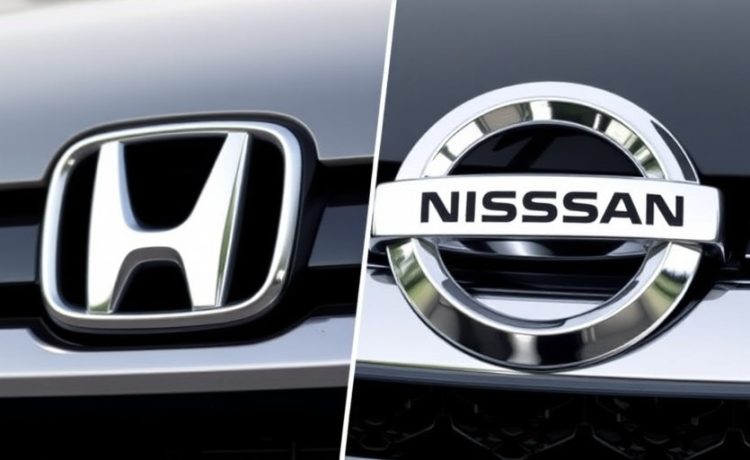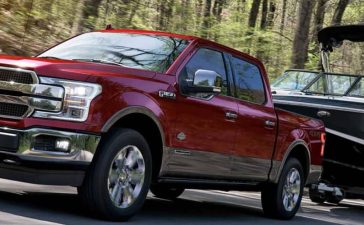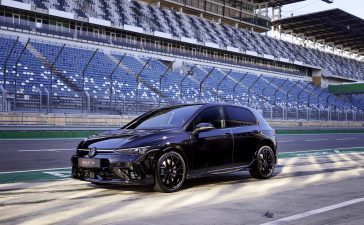The auto industry survey found Honda and Nissan pulled out of the merger plan, which would have made them the third-largest car manufacturing company in terms of output. The decision was made within less than two months after the announcement of the possible merger, emphasizing the fact that any integration of this scale in business most often encounters numerous difficulties.
In December, two of the Japanese manufacturers, Honda and Nissan, the second and third car manufacturers, stated that they would finalize the negotiations by June 2025 and set the formation of a holding firm by 2026.
What was equally apparent at the time of the announcement of merger talks was Honda’s message to Nissan over the organization’s operational issues. During one press conference in December, Honda claimed that Nissan’s renewal was possible only if there were plans for a merger. Nissan, which has been experiencing severe financial woes in the past year, declared a global restructuring plan in November that comprised of slashing jobs by 9000 and halting production by 20%. Yet, the plans employed through FMC and the restructuring initiatives as a comprehensive turnaround strategy did not fit the notion that Honda expected to be presented as a firm with a strong and well-substantiated strategy.
The disagreements followed the issue of the structural form through its progressive stages as a merger. However, Honda proposed that Nissan should be made one of its subsidiaries so as to guarantee the long-term future of the partnership. This move was instigated as a result of the low rate at which Nissan was adopting channel change strategies, a factor that Honda did not want to allow to compromise on network merger success. However, this move was not very well accepted at Nissan’s board level, hence a clear sign that the company had embraced a decisive step towards the non-merger.
The collapse of the negotiations displays the diplomacy, bargaining, and power relations that are usually evident in a partnership between two separate corporations. The situation at the early stages of the merger was filled with more expectations, but the latter was not so bright due to the differences in strategy development priorities and issues such as control and governance. The proposal to make Nissan a subsidiary was especially fraught with controversy, which can be explained by the weakening of Nissan’s authority and Honda’s desire to set up its management.
This comes after there have been several postponements on the disclosure of details concerning the synergism strategy. Scheduled for the end of January, the meeting was rescheduled for mid-February; this time was chosen due to the lack of common positions on important questions.
As the two-car majors get ready to declare their first-quarter figures covering the period to December, investor interest is likely to turn to where each car maker intends to go alone. But even in the year of the pandemic, it has become clear that when the strategic visions and, therefore, tactical needs start diverging in a fast-changing industry, such as the automotive industry with new focuses on electrification and digitalization, the alliance becomes unsustainable.
For both Honda and Nissan, those new moves will entail the need to review its strategies and map out new ways of expansion and cooperation. The automotive industry is highly competitive, and therefore it will keep its eyes on these two companies as they adjust strategies in their mission for sustainable growth.
Source: Reuters.com












